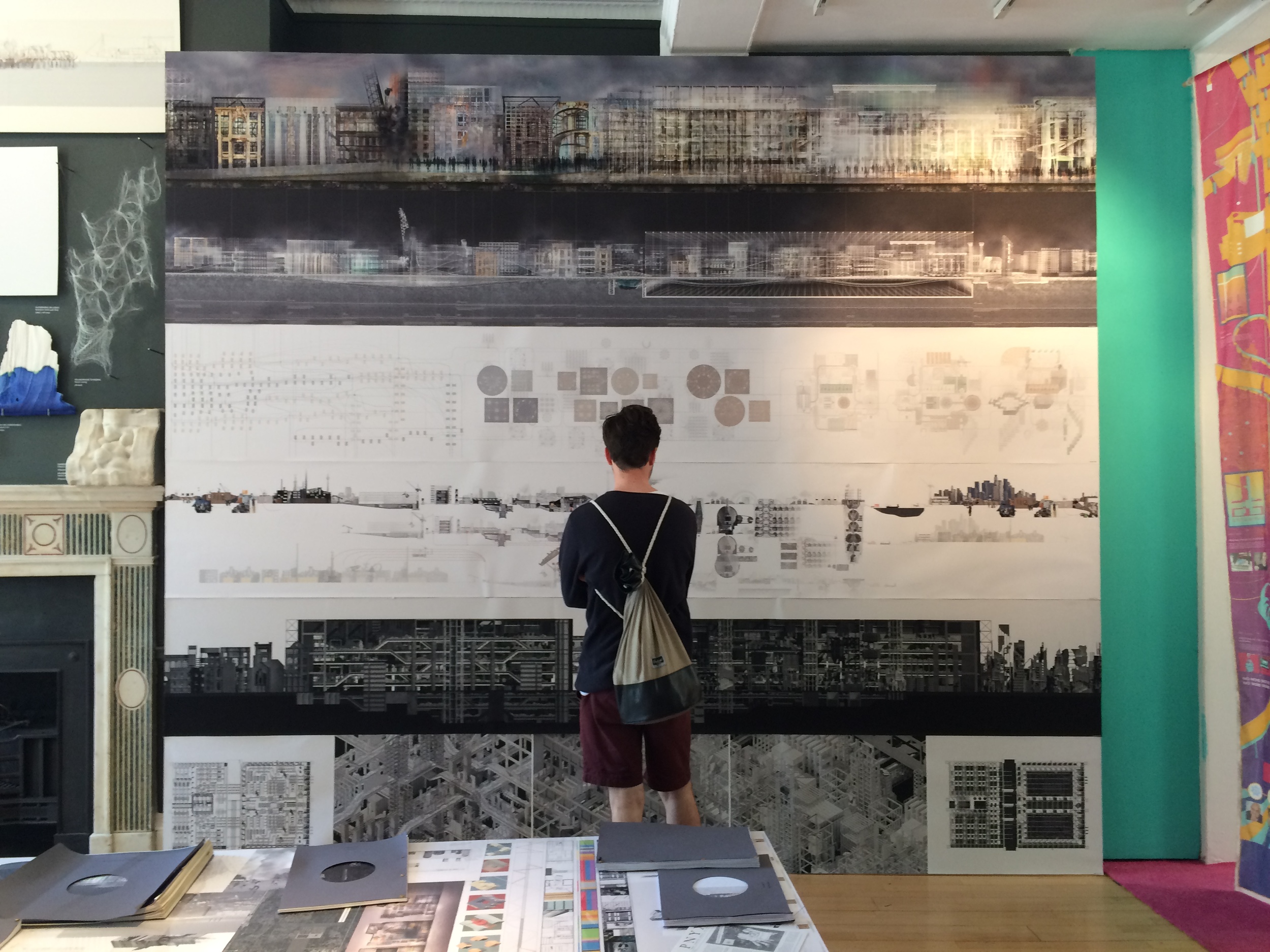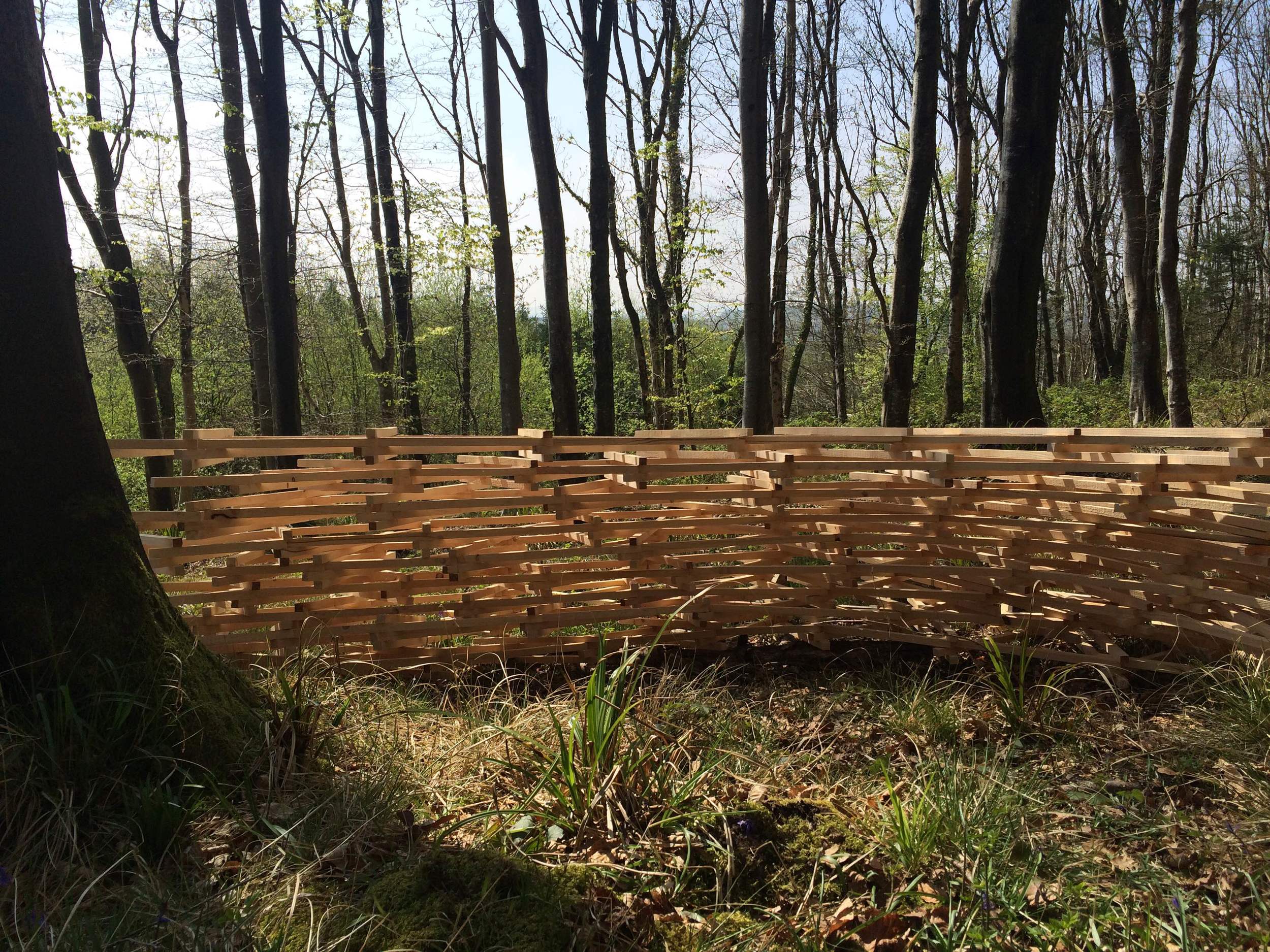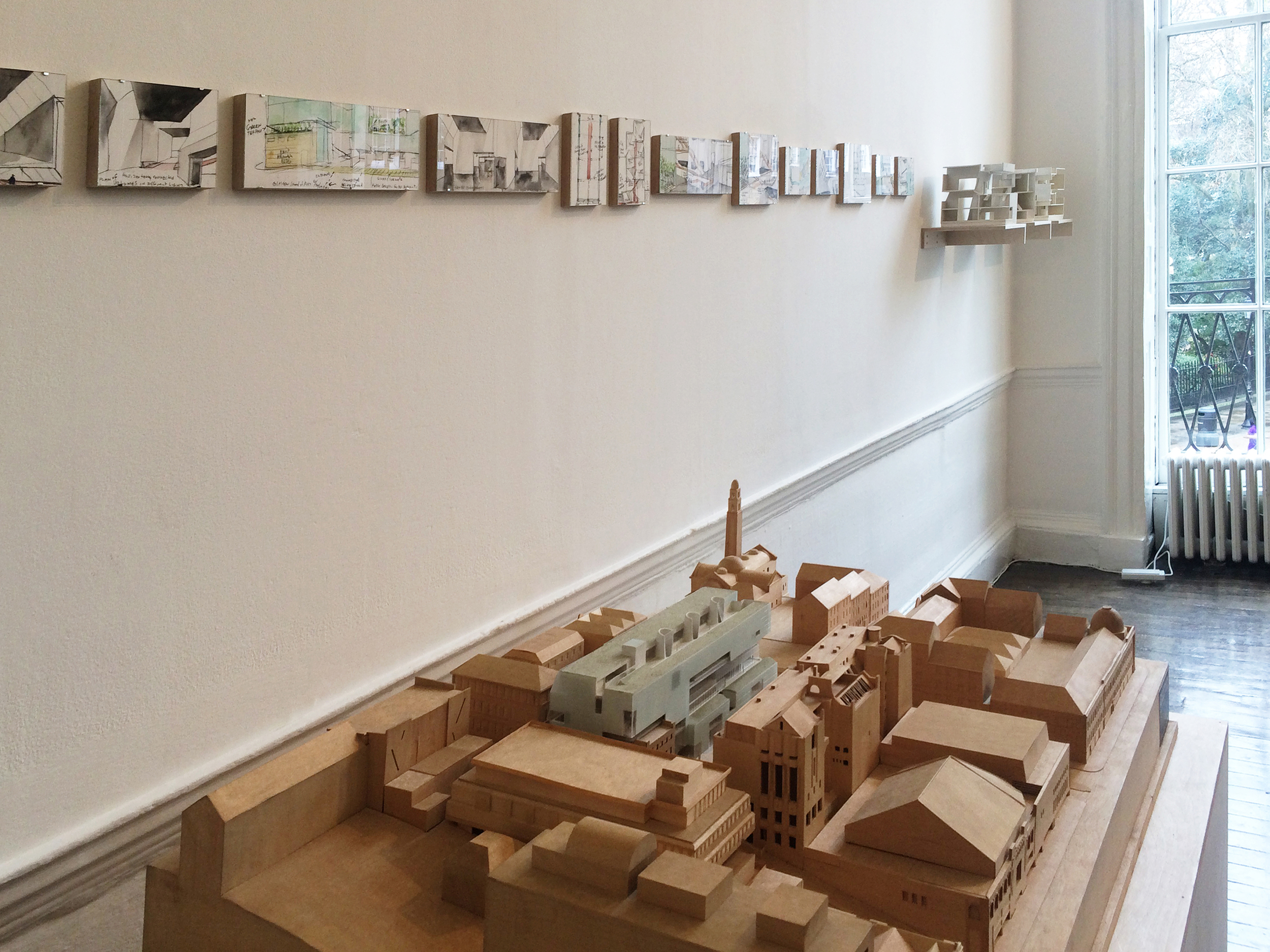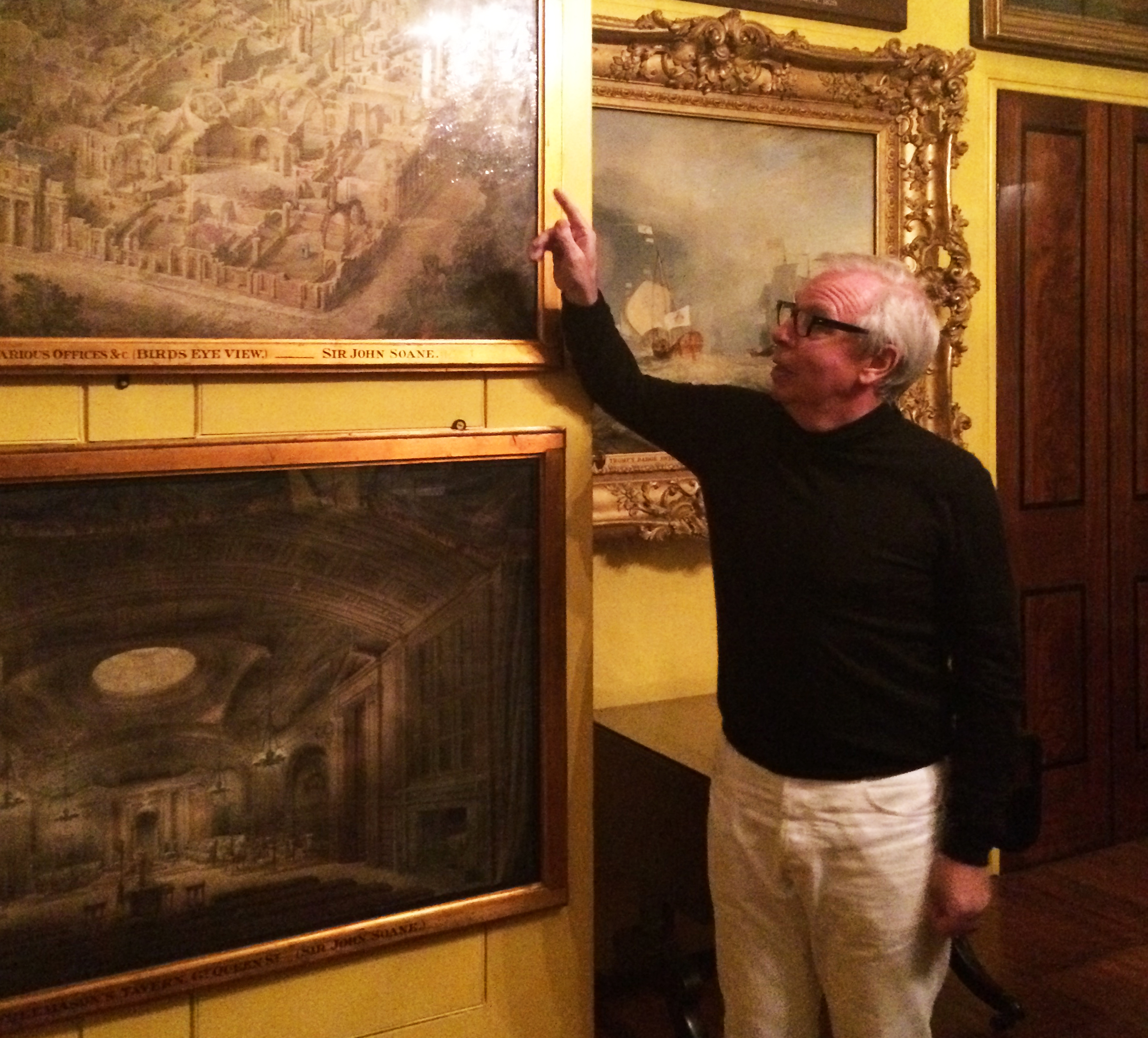What makes leftists specifically criticise Rawabi as similar to Israeli settlements, at a time where projects with identical aesthetics exist all over the world? Why Israeli not Suburban American? If Rawabi as an object was moved to hill terrains elsewhere, will it receive the same reading? In other words, will a different context change perception to the same object of architecture? What role does recognition play in understanding this problematic homogeneity that neoliberalism produced and is still producing worldwide? Is architecture a tool for its nation’s recognition? Is it a feature of the people who created it? or does it posses features that defines it - as an object - in a certain way? Is architecture an object of recognition?
In the last two decades, the concept of recognition originally introduced in Hegel’s master-slave dialectic has become central to the fields of contemporary social and political philosophy. Contributions to the concept have nevertheless, remained within the sphere of the human subject; where recognition presupposes a reciprocal relationship between two asymmetrical sides namely the recogniser and the recognised.
In my small book "Fake Skin, Legal Mask ... Real Skin, Fake Mask", I attempt to apply the politics of recognition to architecture within the Palestinian Israeli context. In doing so, I introduce different layers to understanding the concept where the play of recognition is not confined on Israel and Palestine as two unequal sides in direct conflict, but includes the world as a third vital agent to their rivalry recognition. The book proposes a scheme of four different categories, where the game players are changed every time. Whereas both Israel and Palestine happen to be the recogniser and recognised, the world as I suggest remains a recogniser. Architecture on the other hand alters between a tool for and an object of recognition.









































